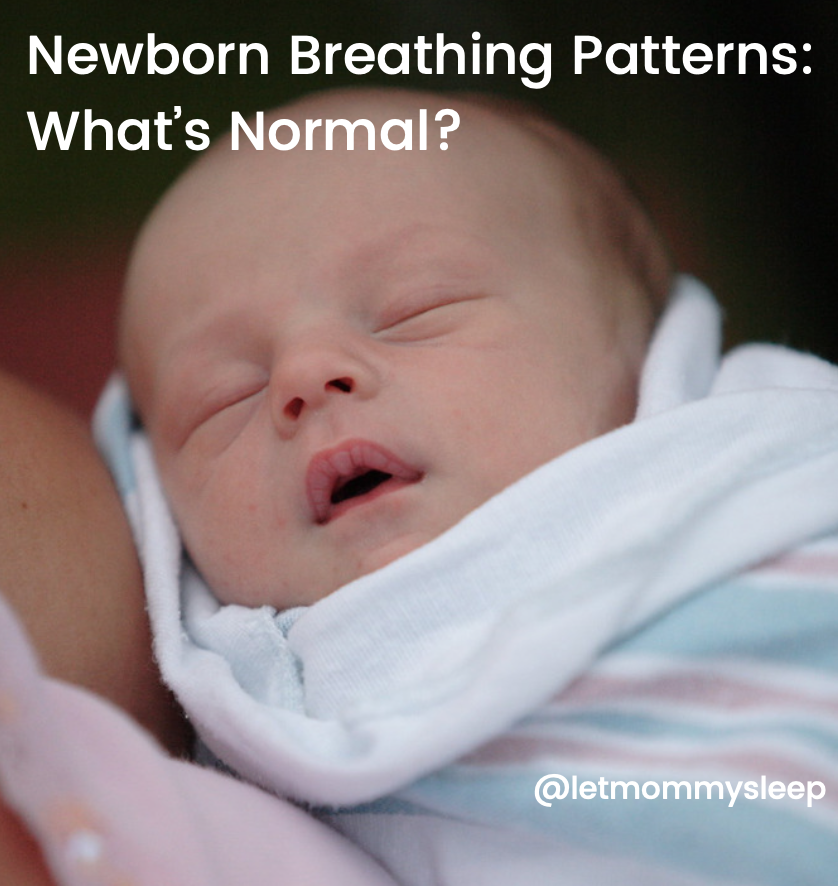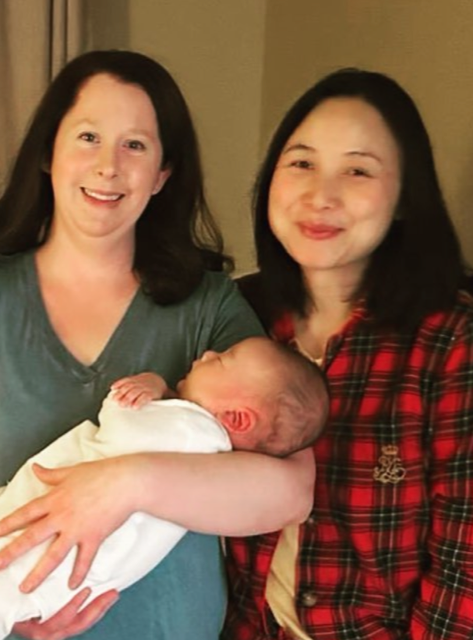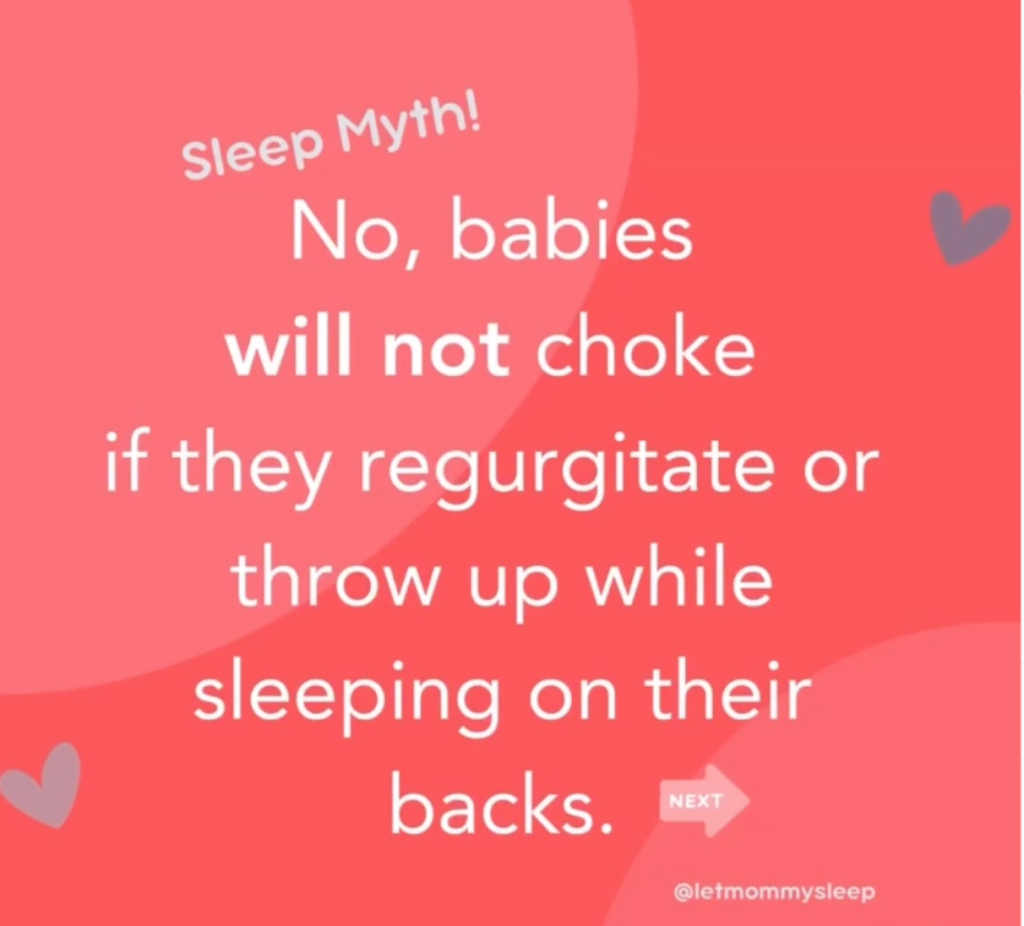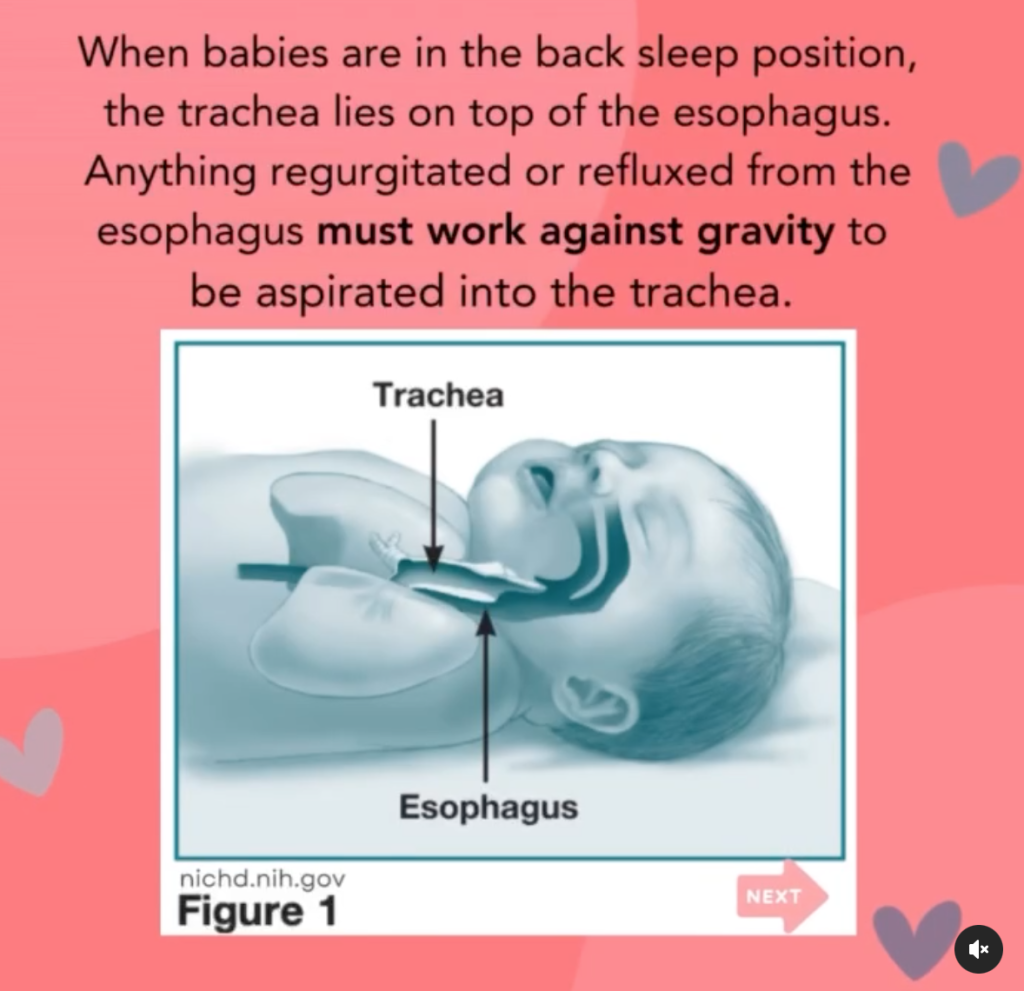Newborn Breathing Patterns: What’s Normal?
Updated April 30, 2023 – He just stopped breathing for 8 seconds… is that normal? She was breathing regularly, then started breathing really fast… is she okay? It’s completely normal to have these worries, as it’s frightening to see your little one stop breathing for any length of time. So how do we know what’s typical and when it’s time to call the doctor? We break it all down here in Newborn Breathing Patterns: What’s Normal?

Your newborn breaths differently than you! This is because up until birth,baby’s lungs were filled with amniotic fluid. They didn’t need to breathe on their own because oxygen was received from the placenta! Adapting to breathing breathing air instead of fluid happens right away of course but the lungs and airway passages are underdeveloped compared to an adults.
Normal breathing patterns for newborns can vary depending on their age, activity level, and sleep state but there are general guidelines to keep in mind.
Here’s a breakdown of normal newborn breathing patterns:
40-60 breaths per minute
You can assess your newborn’s breathing by looking at their abdomen. Your infant’s abdomen rises and falls with each breath. The normal rate is 40-60 breaths per minute in the healthy, full-term infant (counted for a full minute), and will vary depending on whether she or he is sleeping, awake, active, or crying. (More info in this study on UptoDate)
Apnea
A baby born preterm, or before 37 weeks gestation, is at risk for apnea. Apnea is a pause in breathing for more than 20 seconds. For any parent, this is a very long time! The good news is that pauses that are 5-10 seconds long are completely normal. These short pauses also called periodic breathing is commonly seen in preterm infants. After 15 seconds, the baby needs stimulation to resume breathing such as rubbing his or her back, arms, or legs, suggested in this article on KidsHealth.org. If your baby is prone to Apnea, the hospital will monitor this closely and may prescribe an apnea monitor upon leaving the hospital so you will know if baby ever needs stimulation.
Skin Color and Newborn Breathing
Another good indication that your baby is breathing well is his or her skin color.
- Pink skin = good perfusion of tissues = good breathing.
- Blue hands, feet, and around the mouth are actually normal in newborn babies too. This is called acrocyanosis and is often seen the first few days of life while newborns transition to life outside the womb.
- Blue INSIDE the mouth is not normal and suggests that baby is not breathing well. 911 should be called immediately if this occurs at home. More on this below.

Luckily, breathing issues will resolve on their own as your baby’s brain and spinal cord mature and muscle tone strengthens. You can help your baby breathe best by laying baby on his or her back on a firm, flat crib or bassinet to ensure baby’s airway is open.
Obligate Nose Breathing
Babies are obligate nose breathers which just means they breath through their nose primarily. This is because they ae born with relatively small nasal passages and underdeveloped lungs compared to adults. It’s important to keep the space around their faces clear and have a bulb syringe on hand to clear any congestion.
Most babies start to develop the ability to breathe through their mouth around 3-4 months of age, as their airways and lungs continue to mature. Like adults, they will still prefer to breathe through the nose.
What is Obligate Nose Breathing?
Respiratory Therapist Heidi Christianson, owner of LMS Idaho explains:
Grunting and Noisy Breathing
Parents might surprised by how LOUD their babies can be! Newborns often make noises while breathing, including during sleep. Grunting, snorting, or whistling are perfectly normal. These noises are usually harmless and may be due to their small nasal passages. Grunting in particular may also be due to normal digestion. Remember that the hard work of eating, digesting and ultimately passing breastmilk or formula is new to your baby’s system.
Sometimes grunting can be a sign of gastroesophageal reflux (GER), a common condition where stomach acid flows back up into the esophagus and makes baby uncomfortable. If grunting is accompanied by spitting up, irritability, and poor weight gain and you’re concerned, contact your pediatrician.



Newborn Breathing Patterns: What’s Normal? – Respiratory Distress
Below are signs of respiratory distress that while rare, require immediate medical attention:
- Rapid breathing – breathing faster than usual, taking more than 60 breaths per minute.
- Flaring nostrils – Flared nostrils during breathing show that baby is working harder than normal to breathe.
- Retractions – The skin between the ribs or under the ribcage may be sucked in with each breath.
- Grunting – Sounds of grunting with each breath, instead if just once in a while.
- Wheezing – Baby may consistently make a high-pitched whistling sound when they breathe.
- Cyanosis – The baby’s skin, lips, or nails may turn blue or grayish in color. This is different than acrocyanosis which is temporary and normal as newborns circulatory systems adjust to life outside the womb.
- A new presentation of cyanosis is a sign of low levels of oxygen in the blood. New cyanosis is serious.
- Persistent cyanosis is a sign of an underlying medical problem.
- Lethargy: Weak or unresponsive, with little energy to cry or move.
How to administer Choking First Aid to infants in an emergency.
Babies are born with relatively small nasal passages and underdeveloped lungs compared to adults. Overwhlemingly this is not cause for concern but parents and infant caregivers should always contact the child’s pediatrician if they’re concerned about baby’s health.
LMS night nurse Kathleen Hager, RN, BSN who specializes in perinatal care of preemies, twins & triplets contributed to this article.
Categories
- Baby Care Classes
- Baby Care How-To's
- Baby Sleep
- Family Activities with Baby
- Feeding
- Franchise & Company Info
- Hiring Help
- Our Favorites
- Postpartum Health
- Safety & First Aide
- Twins & Multiples
- zArchives
